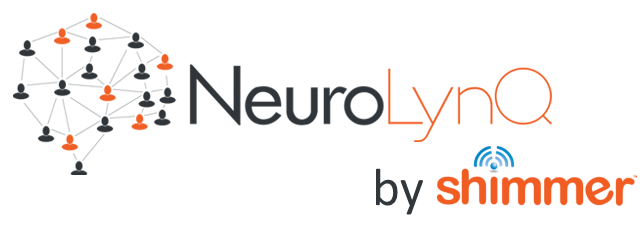Mobile Case Study
Peabody Essex Museum used NeuroLynQ Mobile to understand how visitors interact with their art exhibits by giving visitors a viewing task (specifically an aesthetic judgment task) will change viewing behavior, which will lead to enhanced engagement, which in turn will be reflected as increased dwell time
Red Line - High Response
Yellow Line - Some Response
Orange Line - GSR signal (uS)
Background
The mission of the Peabody Essex Museum (PEM) is to “create experiences that transform people’s lives.” To accomplish this feat, they seek to learn how best to help their visitors engage with the artwork. While part of this engagement is directed by bottom-up factors (e.g. what catches someone’s eye) top-down influences (such as viewing goals) also play a role in facilitating engagement.
A wealth of studies has demonstrated that viewing behavior is task-dependent; that is, what one sees in an image changes as the goal of viewing the image changes. In reviewing this literature, the question arose as to whether some viewing tasks may be more conducive to facilitating engagement than others by virtue of the kind of viewing behavior that they induce. This study seeks to observe (1) whether giving visitors a viewing task will impact their level of engagement and (2) to observe which kind of viewing task (out of three selected tasks) is most effective at engaging visitors.
The Study
Red Line - High Response
Yellow Line - Some Response
Orange Line - GSR signal (uS)
Visitors were recruited to participate in the study at the admissions desk before purchasing their entry ticket to the Museum. Participation in the study was incentivized with the offer of free admission to PEM for the day.
Participants were given prompts that delivered viewing tasks as they approached specified art objects within the exhibition. The point-of-view glasses and biometrics were used to gauge engagement via dwell time and galvanic skin response (GSR) measurements. Exit interviews were also conducted to probe the conscious aspects of the visitor experience.
Assessing Engagement
Engagement was assessed by measuring the dwell time and GSR associated with viewing each of the nine art objects while performing the indicated viewing task. Dwell times and GSR for a given object were compared across the three tasks. Longer dwell times and higher GSR responses were interpreted as reflecting stronger engagement. Other metrics included the percent of time spent reading labels versus looking at the art objects as a function of viewing task.
These quantitative data were accompanied by answers to questions posed in an exit survey. These survey questions will aim to probe the qualitative nature of the visitors’ experience in the exhibition and to flag/filter out those visitors that on the whole did not attend to the suggested viewing tasks delivered through the app.
Conclusion
The final report was summarized in a presentation to the Shopper Brain Conference in Amsterdam in November 2018. It is available for download here.
